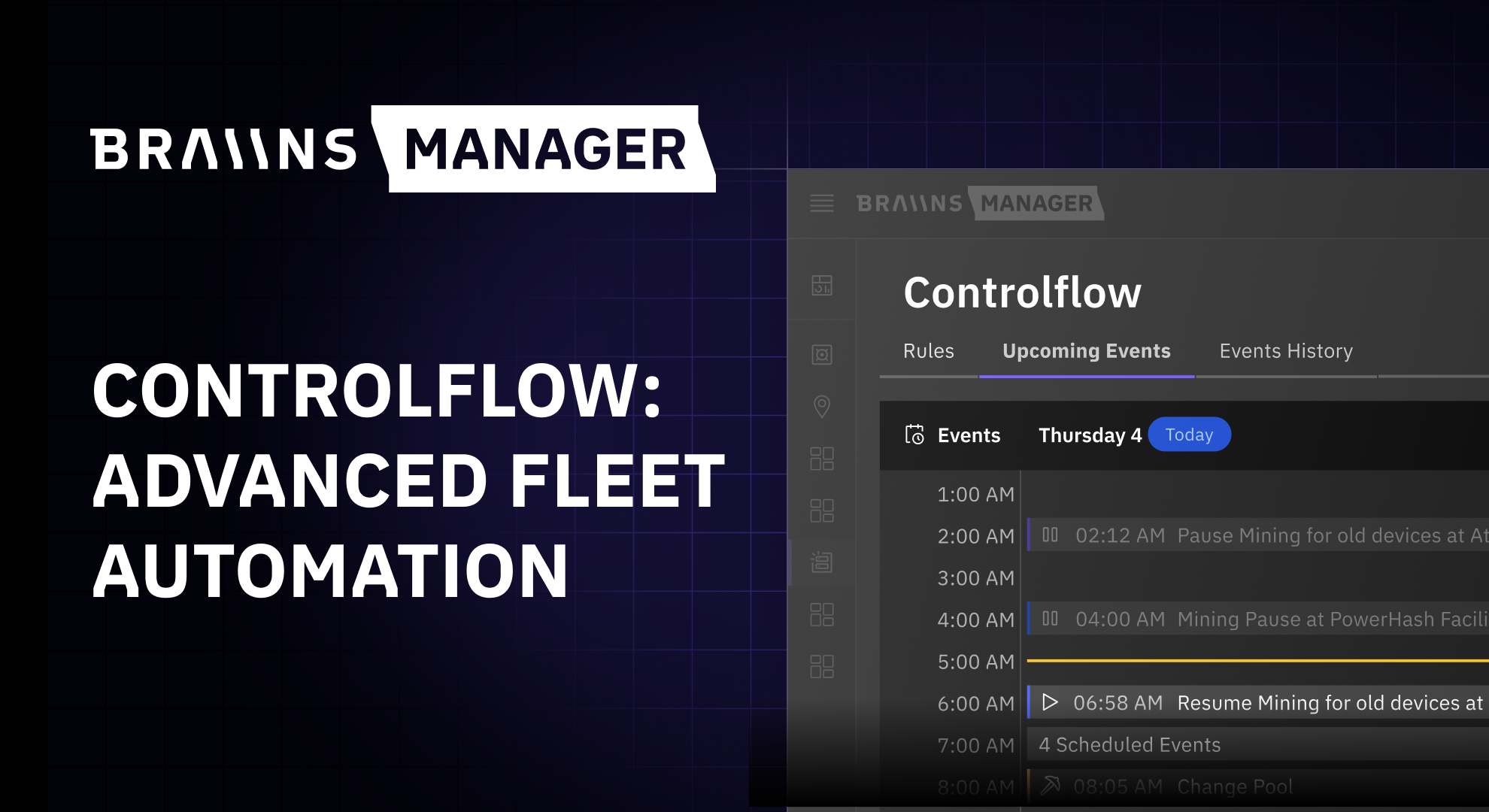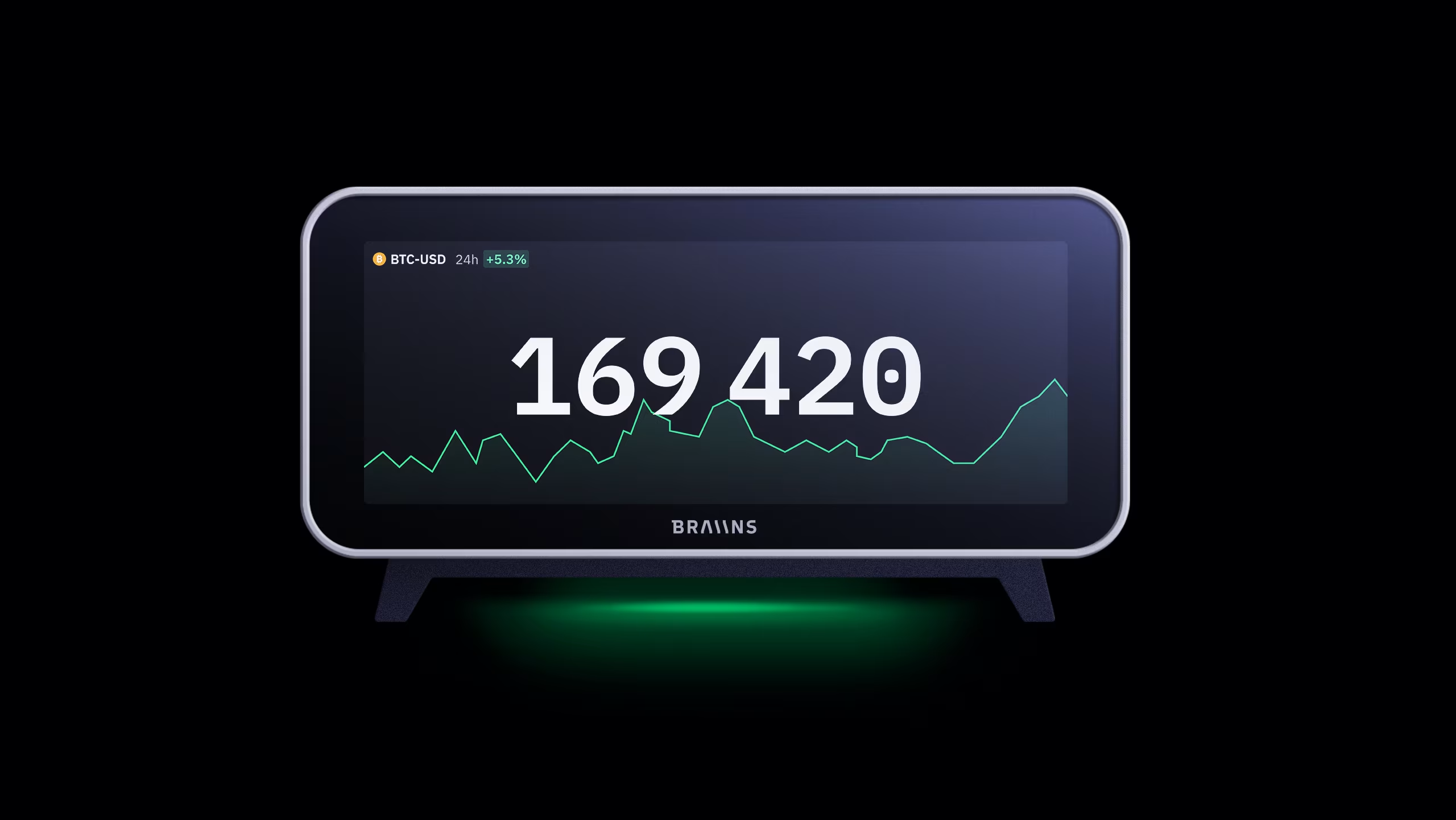Bitcoin calendar: 30 Historical Events Every Bitcoiner Should Know
Published
25.1.2024
30 bitcoin historical events that you can't miss ready to import to your calendar.

Table of Contents

Every year, bitcoiners celebrate anniversaries and important moments in the history of bitcoin or the world of online freedom and privacy. So, we decided to create a bitcoin holiday calendar just for you – now you can celebrate with us. At the end of the blog, you will find all the necessary download links.
We’ve compiled this list of the main celebrations in bitcoin history, and highlighted important bitcoin dates that every enthusiast should know:
January
January 3 (2009): Genesis Block Day
The Genesis Block is the first block in the bitcoin blockchain, mined by Satoshi Nakamoto. This block marks the creation of bitcoin and contains a hidden message referencing the financial crisis. This pivotal event is celebrated as the birth of bitcoin.

January 11 (2009): Running bitcoin - Historical Hal Finney Tweet
On this day, Hal Finney, tweeted "Running bitcoin," which is the first known tweet about bitcoin. This tweet signifies Finney's involvement in the early development and adoption of bitcoin. Finney was one of the first recipients of bitcoin from its creator, Satoshi Nakamoto.
January 12 (2009): First Bitcoin Transaction
The first bitcoin transaction was conducted between Satoshi Nakamoto and Hal Finney, where Satoshi sent 10 BTC to Finney. This transaction demonstrated the practical application of bitcoin as a peer-to-peer currency.
January 14: Lightning Whitepaper
The Lightning Network whitepaper was released, proposing a solution to bitcoin's scalability issue through off-chain transactions, enhancing speed and reducing costs. This was a significant development in bitcoin history.
February
February 9: 1 Bitcoin = 1 USD in 2011
On this day, bitcoin achieved parity with the US dollar for the first time, with 1 BTC equaling 1 USD. This milestone marked a significant step in bitcoin's valuation and broader acceptance.
February 19: The Trillion Dollar Day
The total market capitalization of bitcoin surpassed 1 trillion USD, reflecting its growing adoption and recognition as a major financial asset.
February 24: MT.GOX Bankrupt (744k BTC Stolen)
MT.GOX, the largest bitcoin exchange at the time, declared bankruptcy after 744,000 BTC were stolen. This event highlighted the need for better security in cryptocurrency exchanges and remains a critical lesson in bitcoin history.
February 25: Lightning Pizza Day
Eight years after the first real-world bitcoin purchase, Laszlo Hanyecz bought pizza using the Lightning Network, showcasing advancements in bitcoin's transaction capabilities and celebrating the practicality of bitcoin in everyday transactions.
March
March 9: Cypherpunk Day
This day honors the Cypherpunk movement, which advocated for cryptography and privacy-enhancing technologies, laying the groundwork for bitcoin's creation. The movement's principles are deeply embedded in bitcoin history and its ongoing evolution.
March 12: 24 Block Rollback
A bug caused a split in bitcoin's blockchain. Fortunately a coordinated effort by the community resulted in a rollback of 24 blocks to resolve the issue. This event showcased the resilience and cooperation within the bitcoin community.
March 25: Moscow Time
The "Moscow Time" meme in the bitcoin community started when Jack Dorsey had a clock displaying the number of satoshis per dollar during a congressional hearing in March 2021. A cybersecurity researcher misinterpreted it as Moscow time, leading bitcoin enthusiasts to humorously adopt "Moscow Time" to track bitcoin's value in satoshis per dollar.
March 28: The Billion Dollar Day
On this day in 2013, bitcoin's market capitalization surpassed 1 billion USD, marking a significant milestone in its adoption and value. This event is a key date in the bitcoin calendar, reflecting its growing influence.
April
April 5: Satoshi's Birthday (BitcoinTalk Easter Egg)
Satoshi Nakamoto, the pseudonymous creator of bitcoin, is often celebrated on this day. It is believed to be their birthday based on an Easter egg discussed in the BitcoinTalk forum i.e. the 5th of April is the day of Executive Order 6102 where President Franklin Delano Roosevelt seized all the gold from American citizens.

April 23: Bitcoin in Good Hands
Satoshi Nakamoto's last public message reassured the community that bitcoin was in good hands before disappearing and leaving the project to grow independently. This event marks an important transition in bitcoin history.

May
May 10: Lightning Day
This day celebrates the advancements and adoption of the Lightning Network, which enables faster and cheaper bitcoin transactions through off-chain channels.
May 22: Bitcoin Pizza Day
The first real-world bitcoin transaction happened on this day when Laszlo Hanyecz bought two pizzas for 10,000 BTC. This event is one of the most famous in bitcoin history.

July
July 29: First Hardware Wallet Prototype (Trezor, previously Piglet)
The first prototype of a bitcoin hardware wallet, later known as Trezor, was introduced, significantly enhancing the security of bitcoin storage.
August
August 1: Adam Back Announced Hashcash (1997)
Adam Back introduced Hashcash, a proof-of-work system used to limit email spam and DoS attacks, which later inspired bitcoin's mining algorithm.
August 22: First Coinjoin Design by Gregory Maxwell
Gregory Maxwell introduced CoinJoin, a method for enhancing bitcoin transaction privacy by combining multiple payments into a single transaction.
August 24: First SegWit Tx and Block
Segregated Witness (SegWit) was implemented, improving bitcoin's scalability and transaction malleability, and the first SegWit transaction and block were processed.
September
September 7: El Salvador Bitcoin Legal Tender
El Salvador became the first country to adopt bitcoin as legal tender, allowing citizens to use it for everyday transactions alongside the US dollar.
September 20: First Alpha Release of the Tor Protocol (2002)
The Tor protocol, enabling anonymous communication, had its first alpha release. Tor is often used by bitcoin users to enhance privacy and security.
October
October 1: Free Ross Day
Ross Ulbricht is the creator of the Silk Road marketplace, the first online marketplace where all transactions were made in bitcoin. Ulbricht is currently serving a life sentence for his involvement in the site.
October 5: First Official BTC/USD Public Exchange Rate (2009) (1 USD = 1309 BTC)
The first official exchange rate for bitcoin was established, with 1 USD equating to 1309 BTC, marking bitcoin's initial foray into exchange markets.
October 31: Whitepaper Day (2008)
Satoshi Nakamoto released the Bitcoin whitepaper on this day, outlining the principles and mechanics of bitcoin as a decentralized digital currency. This is a cornerstone document in bitcoin history.
November
November 1: Bitcoin Logo Day
On this day in 2010, an unknown artist under the handle "bitboy" shared the now-famous bitcoin logo on the Bitcointalk forum.
November 14: Taproot Activation (2021) Block 709632
Taproot, a major bitcoin upgrade enhancing privacy and scripting capabilities, was activated at block 709632, marking a significant development milestone.
November 22: Crypto Anarchist Manifesto (1992)
Timothy C. May released the Crypto Anarchist Manifesto, advocating for the use of cryptography to achieve privacy and freedom, influencing the ethos of bitcoin.

December
December 7: First Bitcoin TX from a Mobile Device (2010)
The first bitcoin transaction from a mobile device was made, showcasing bitcoin's expanding usability and adoption.
December 12: Satoshi's Final Message
Satoshi Nakamoto sent their last known message to the bitcoin community, ceasing all public communication and leaving bitcoin's future in the community's hands.

December 18: HODL Day
HODL Day commemorates the famous forum post where a user misspelled "hold" as "HODL," encouraging bitcoin holders to keep their coins during volatile markets.
Bitcoin calendar
For your convenience, we have also created a calendar that shows all the events and holidays in the cypherpunk and bitcoin world. You can view it directly in its web version below or import it into your Google Calendar. Apple device users and those who use open-source, privacy-oriented calendars can use the .ics format.
Import all the holidays with one click to stay up to date with the Bitcoin world 🎉
Other important bitcoin events
In the list above, we have outlined the 30 most important events in bitcoin's history. However, bitcoin is a very broad topic that covers many themes such as economics, freedom, privacy, and more. There are many other "minor" events connected to bitcoin, from different development milestones to additional software created by the cypherpunk community that developed bitcoin.
We wanted to include these important events that have helped the development and growth of bitcoin and online freedoms. Here is a bonus list of all the significant events in the history of bitcoin and the cypherpunk world.
January 9, Release Client Bitcoin v0.1: Satoshi Nakamoto released the first bitcoin software, marking the start of the bitcoin network.
January 19, Lightning Network Torch: The Lightning Network Torch was a social experiment demonstrating the network's speed and capability.
January 27, Silk Road Day: Silk Road, a major bitcoin-using online marketplace, was launched.
February 7, MT.GOX Stops Withdrawal: MT.GOX halted all bitcoin withdrawals, leading to its eventual downfall.
March 3, Gold Parity Day: Bitcoin's price surpassed the value of one ounce of gold for the first time.
April 18, Altcoin Genesis Day (Namecoin): Namecoin, the first alternative cryptocurrency, was launched.
May 11, Third Bitcoin Halving (2020): Bitcoin's block reward was halved, reducing the supply of new bitcoin.
May 24, Faketoshi Day: Craig Wright claimed to be Satoshi Nakamoto on this day.
June 5, PGP 1.0 Release: The release of PGP encryption software enhanced online security.
July 9, Second Halving (2016): Bitcoin underwent its second block reward halving.
July 17, MT.GOX First Launch: MT.GOX exchange began its operations.
August 8, Segwit Lock-In Day: The activation of Segregated Witness (SegWit) began.
August 18, Bitcoin.org Domain Bought (2008): The Bitcoin.org domain name was registered.
September 15, Lehman Brother Bankruptcy: Lehman Brothers' bankruptcy influenced the creation of bitcoin.
October 3, Silk Road Shutdown (2013): The Silk Road marketplace was shut down by authorities.
October 29, First Bitcoin ATM (2013 Made by Robocoin & Bitcoiniacs): The first bitcoin ATM was installed.
November 1, Bitcoin Unicode Symbol (2017): Bitcoin received an official Unicode symbol.
November 2, E-Gold (1996): The E-Gold digital currency was launched.
November 8, Shitcoin Day: This day is recognized for alternative cryptocurrencies.
November 16, The Largest Bitcoin TX (2011): The largest bitcoin transaction by value occurred.
November 21, Pirate Bay Created (2003): The Pirate Bay file-sharing website was launched.
November 28, First Bitcoin Halving (2012): Bitcoin experienced its first block reward halving.
Categories
Be the first to know!
Read Privacy Policy.
Most Recent Articles
.png)
The Best Bitcoin Conferences & Events of 2026
29.12.2025

Introducing Controlflow: Advanced Automation in Braiins Manager
9.12.2025



